With food allergies on the rise and many trying out various elimination diets, I want to discuss the different allergens in dairy and the way people react to them. While milk is listed on packaging as a single allergen, there are several different components that trigger reactions. Some people have very mild reactions and others have severe, even life-threatening, reactions.
Two terms, intolerance and allergy, are used to describe such reactions but are often misused. They are medical terms that refer to the way your body reacts, not the severity of the reaction. Understanding the difference between an allergy and intolerance will help better manage your symptoms and meet your body’s dietary needs.
What is an Allergic Reaction?
An allergic reaction is when the immune system overreacts to the presence of a particular protein. In the case of foods, when you ingest an offending food protein, your body may react with a variety of symptoms from very mild to very severe. Mild symptoms typically include rashes, hives, and stomach cramps. Severe symptoms can manifest as rashes and itching but also include diarrhea, reflux, trouble breathing, and loss of consciousness. Anaphylaxis is when allergy symptoms are severe enough to threaten breathing and blood circulation and can be treated with epinephrine (adrenaline).
If you suspect you or someone else is experiencing anaphylaxis, administer epinephrine immediately if an EpiPen is available and call 911. Even if symptoms subside after treatment at home, individuals who experience extreme allergic reactions should be seen in an emergency room as soon as possible.
Food allergies can be triggered by a variety of proteins. When I say dairy allergy, I’m usually referring specifically to cow’s milk in which there are multiple proteins that can cause a reaction. Some proteins are similar to those in other milks like goat and sheep. Others are completely different, allowing someone allergic to cow’s milk to enjoy goat and/or sheep milk without any reaction. It is also possible to be allergic to just goat or sheep milk, however since it is not a major part of our typical American diet, there tend to be less reactions.
Managing a Dairy Allergy
Most individuals allergic to dairy will show symptoms within the first year of life. Breastfed babies can continue to drink breast milk if mom abstains from dairy in her diet. I did this for three years and successfully breastfed two babies who are allergic to milk. A dairy allergy alone is not a reason to stop nursing.
Many commercial infant formulas use cow milk proteins, so formula fed babies showing symptoms of a dairy allergy should be switched to formulas that do not contain cow milk proteins.
Most children outgrow a dairy allergy by age 5. The prevailing theory is that continued exposure to milk proteins will only cause the allergy to persist. If you successfully eliminate dairy from a child’s diet they are likely to outgrow the allergy faster. If a child does not outgrow the allergy, then symptoms can be managed by avoiding dairy in the diet.
What is an Intolerance?
An intolerance is food sensitivity in which your reaction does not involve the immune system but rather an inability to digest food. Lactose intolerance is the predominant food intolerance from dairy. It is caused by a lack of enzymes needed to digest the sugars in milk. Symptoms generally include nausea, cramping, bloating, diarrhea, and flatulence with the extent and severity varying. While symptoms can cause great discomfort, an intolerance is not life threatening.
Unlike an allergy, lactose intolerance often extends to any form of dairy that contains lactose. Individuals who are lactose intolerant usually need to avoid cow, goat, and sheep milk products equally.
Managing a Lactose Intolerance
Lactose can be tolerated in varying amounts by different individuals based on the degree to which they are deficient in digestive enzymes. Dietary considerations such as consuming live yogurt cultures and/or an enzyme supplement can increase a person’s ability to eat dairy. Many who struggle with lactose intolerance are able to eat hard cheese. Lactose is consumed by bacteria in the way cheese is cured. Soft cheeses often still contain lactose and are not recommended. Raw milk products like yogurt, kefir, and sour cream are often easily tolerated because the lactose is consumed in the fermentation process these products go through. Many with lactose intolerance are able to drink raw milk without discomfort. Every individual will respond differently.
Milk Protein Intolerance
It is possible to have non-allergic reactions to milk proteins. Symptoms include nausea, cramping, bloating and blood in stools. That sounds an awful lot like the symptoms for both an allergic reaction and lactose intolerance doesn’t it? While it can be somewhat easy to determine what you are reacting to through an elimination diet, it is often hard to tell exactly the kind of reaction you are having. Tests can be done, but are expensive and often reserved for those with severe reactions. If your symptoms are mild and can be managed by avoiding dairy, my personal opinion is that testing is unnecessary.

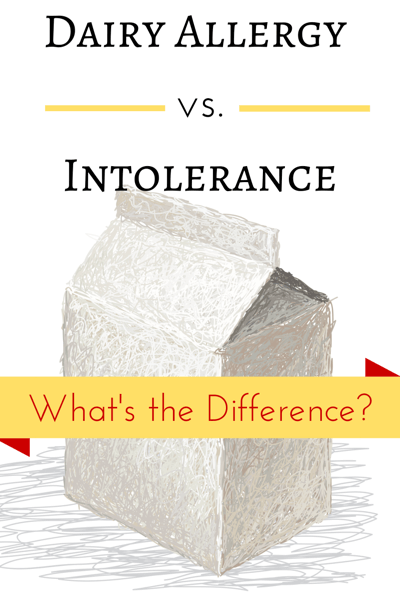
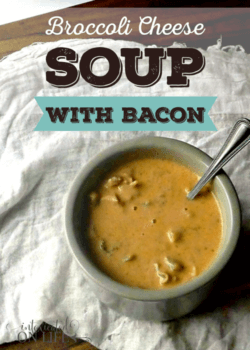


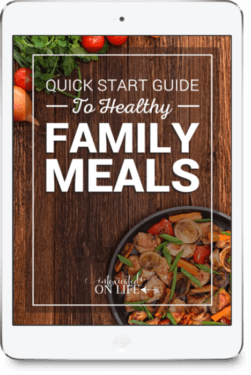
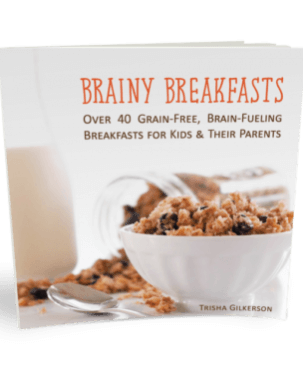

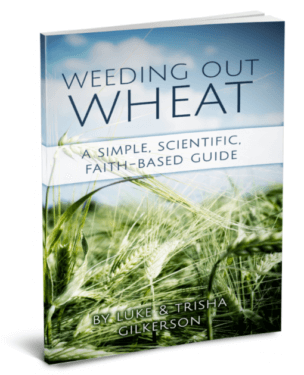
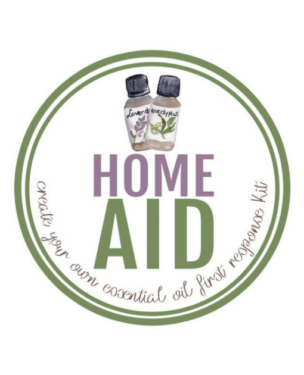

Thank you for specifying the differences between allergy and intolerance, proteins and sugars. Because elimination diets can be due to allergy, intolerance, or personal choice, I think it can be confusing to those who don’t have to deal with it on a regular basis. You explained things very well. Along with egg, peanut, tree nuts, and sesame, my son is allergic to cow, goat, and sheep milk. He responds with hives upon touch and anaphylaxis if ingested. At eight years old now, he’s not outgrown any of his allergies yet, but we hope that the dairy and egg will be outgrown within the next few years. The other allergies are likely for life. In the meantime, we’ve learned to experiment with recipe substitutions (better luck sometimes than others) and are teaching him to navigate an allergy-laden world.
I’m glad you found this helpful!
Have you tried any raw milk options? We haven’t yet because its not available locally, but I’m curious if it would work for my middle guy. The baby seems to be outgrowing his allergy, but the middle guy is not.
Wait, what?? No, that’s a terrible idea! Giving raw or pasteurized milk to a child with a known dairy allergy (especially if it’s severe enough to cause anaphylaxis) could kill him! It doesn’t matter if it’s raw or not, the allergen proteins are still there!
I react to dairy with increased phlegm in my sinuses and post nasal drip. Would you consider that an allergy or an intolerance?
I have awful post nasal drip and tried numerous things to determine the cause, have had test, raised my bed five inches,etc to no avail. I think I discovered my problem. First, while on vacation, I quit my nasal spray, my saline solution sinus wash(twice a day per my Pulmonologist) and did not have post nasal drip until the last day of vacation. I began to wonder why it started back and reflected on what I had eaten? Ice cream, two scoops!! Wa la! I seriously believe that is it. Never have I been a milk drinker, but I do love my butter, sour cream, etc. So, I am going to experiment further and confirm my thoughts!